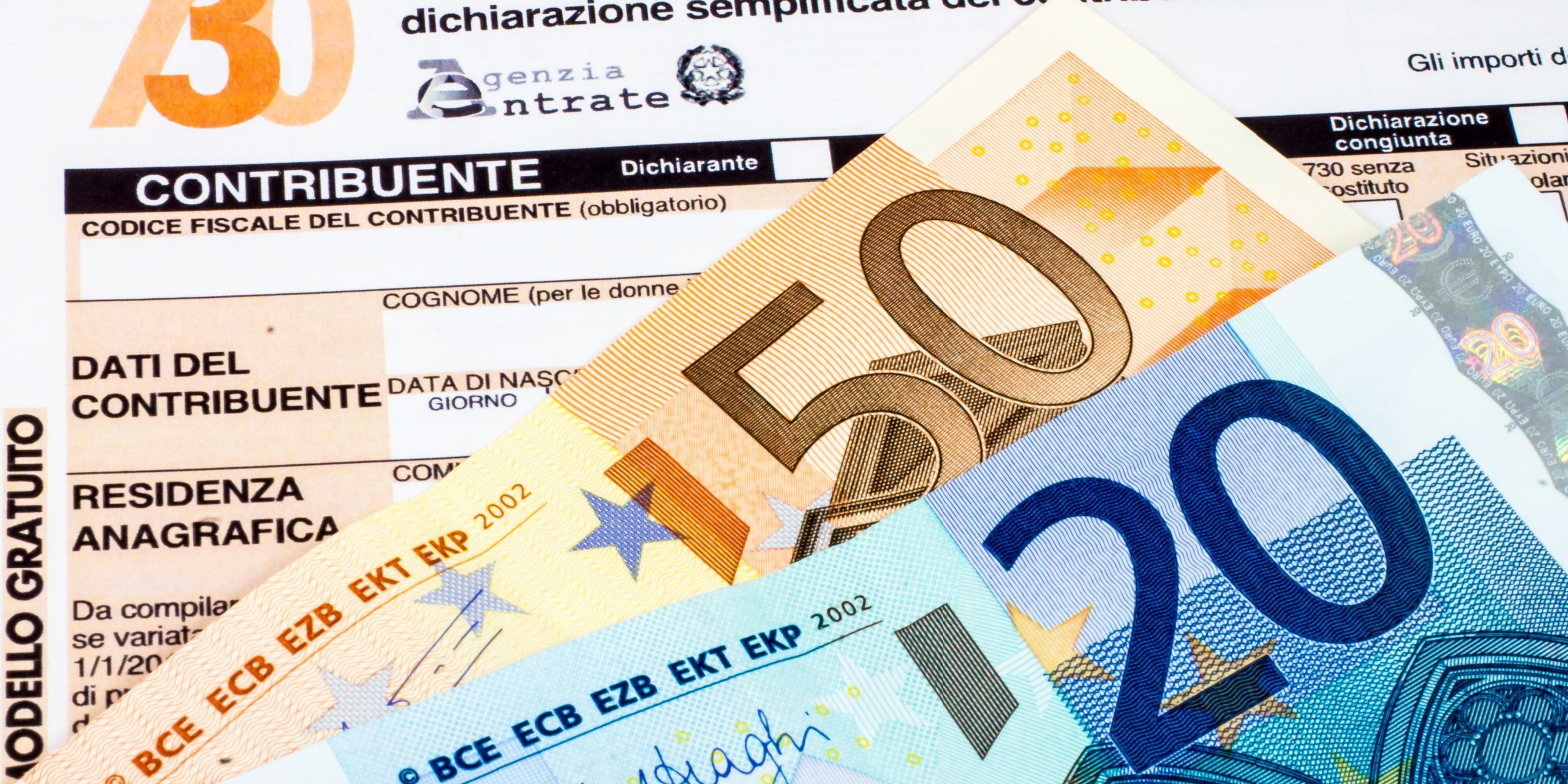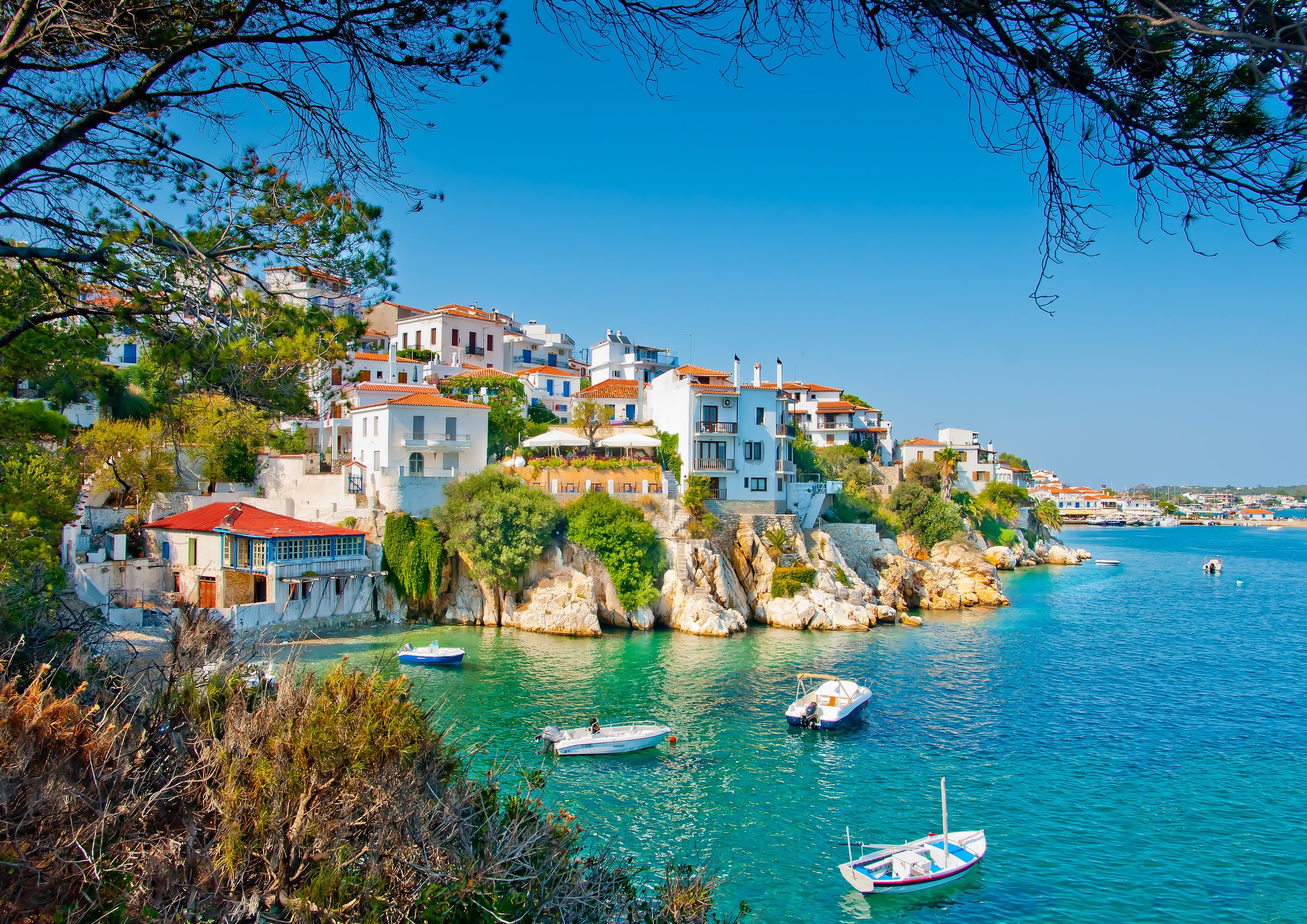Buying a home in Italy is an exciting step – whether you’re planning a peaceful retirement in the countryside or investing in a city apartment. But with ownership comes responsibility, and one of the first things to understand is how property taxes work. Italian tax laws can feel confusing, especially for first-time foreign buyers. That’s where we come in.
This guide explains the key taxes that apply when you buy, own or rent out property in Italy in 2025. We’ll break down the most important tax rules, explain how they work for both residents and non-residents, and highlight any exemptions or flat-rate options that could save you money. With clearer insight, you’ll not only avoid nasty surprises – you’ll also be in a stronger financial position for the future.
Contents
IMU property tax: what it is and who pays it
IMU (Imposta Municipale Unica) is a local property tax charged by your municipality. It’s similar in concept to council tax in the UK, but with crucial differences. If your Italian property is a second home (not your main residence), or it’s classified as luxurious, you’ll likely be liable to pay it, but if your primary residence you usually will not.

The tax is calculated based on the *cadastral value* – a legal value set by the Land Registry (Catasto), which is often lower than the market price.
IMU rates for 2025 for second and rental homes generally sit between 0.76% and 1.14%, but the exact figure depends on your local council and the type of property.
Luxury properties (abitazioni di lusso) – anything very large, with upscale features like pools or located in exclusive areas – are always subject to IMU, even as your main residence. There are various categories, but for a primary residence designated as luxury you will pay between 0.5% and 0.68%.
Payments are typically made twice per year, in June and December. Some regions allow for three or more instalments. Because IMU involves multiple variables – including property category, location and local multipliers – it is strongly recommended you work with a tax adviser in your first year. Automated online calculators exist, but they rarely account for local amendments or exemptions correctly.
Remember, even if your property falls below the IMU threshold, other taxes might still apply. Checking your municipal website or speaking with a commercialista (accountant) will clarify your exact situation.
Tax residency in Italy: when it affects you
Your tax obligations in Italy change significantly when you become an official tax resident. The rule is simple: spend more than 183 days in Italy over a calendar year, or declare it as your main home, and you’re classed as a tax resident by the Italian Revenue Agency (Agenzia delle Entrate).
Once that happens, you have to declare and pay tax on your *worldwide income*. This includes salary, pensions, rental income, capital gains, and foreign investments. Italy has over 90 bilateral tax treaties — including with the UK, US and most EU countries — which help avoid double taxation, but it’s still essential to disclose everything correctly.
You may also need to file wealth tax returns for assets and accounts held outside of Italy, using the IVIE and IVAFE declarations that cover real estate and financial assets, respectively.
Unlike in the UK where the tax year runs from April to April, Italy’s tax year is aligned with the calendar year – 1 January to 31 December. All declarations are submitted in the spring or early summer of the following year. Deadlines can vary slightly, but tax returns (known as “Modello Redditi”) are usually due by 30 June.
If you’re moving to live in Italy full-time, speak with an adviser before relocating. They can structure your income, pensions, or company shares in the most tax-smart (and future-proof) way before Italian rules bite.
Make an appointment with an Italian tax advisor
Income tax and social security contributions
Italy’s income tax – known as IRPEF – is progressive, just like most Western countries. The more you earn, the higher the percentage you’ll pay. As of 2025, these income bands and tax rates have changed.
Italy’s updated income tax brackets for 2025
As of 2025, Italy’s personal income tax system has been simplified into three brackets. It was intended to help Italy’s “squeezed middle”. Here are the new applicable rates:
| Taxable income (€) | Tax rate | |
|---|---|---|
| Up to €28,000 | 25% | |
| €28,001 – €50,000 | 35% | |
| Over €50,001 | 43% |
These tax bands apply to residents on their worldwide income and to non-residents on income sourced within Italy. Please note, if your income in Italy is solely from renting out a property, you can use the cedolare secco (flat tax regime) listed below.
If you’re still working while in Italy, you also need to make social security contributions (INPS), whether you’re employed or self-employed. These can be as high as 33% for regular salaried roles, or slightly lower if you’re operating under special regimes as a freelancer.
US citizens should be aware of separate agreements. The US-Italy tax treaty means you’ll typically pay social security in only one country, depending on where your work is based.
Taxation can be heavily impacted by entering the wrong employment structure or failing to declare global income. If you’re receiving UK or foreign pensions, royalties, or rental income, it’s vital to file them correctly under Italian law. The Agenzia delle Entrate now receives automatic data from foreign banks due to new EU-wide transparency measures, so it’s not worth taking risks.
But, good news for those on low incomes
Thanks to Italy’s “no tax area” (no tax zone) and tax credits for low-income earners, in practice anyone on an income below around €10,000 will likely pay little to no income tax.
This is because:
-
Basic income tax credits (detrazioni) apply to most employees and pensioners.
-
The “no tax area” generally exempts:
-
Employees earning up to around €8,000 to €8,500
-
Pensioners up to €7,500 to €8,500
-
Self-employed individuals up to around €5,500 to €6,500
-
Of course, if you are in Italy on an elective residence visa or digital nomad visa you will need to be earning more than this to keep your visa.
Special tax regimes explained
Italy has introduced multiple regimes to attract new residents and foreign income – especially retirees, professionals and wealthy entrepreneurs. These special tax frameworks offer reduced rates or flat-fee options for eligible buyers.
0.7% tax regime for retirees
If you’re moving to a town with fewer than 20,000 residents in the south – for example, parts of Abruzzo, Calabria or Sicily – and you haven’t been a resident of Italy for at least five years, you may qualify for this programme. You’ll pay just 7% tax on foreign income (including pensions) for a full nine years.
The offer is only valid if you shift your tax residency and register in a qualifying municipality. Some mountain towns with seismic risk classification are also included, even with fewer than 3,000 residents.
Make sure to check with your accountant if your government pension is included, as some – such as public service pensions in the UK – may be taxed differently.
Impatriati regime (for workers moving to Italy)
Suitable for employed professionals or freelancers relocating from outside Italy. If you haven’t lived in Italy for the past two years, you may get 70%, or even 90%, of your income tax-free for five years. You must continue working and register fully with the tax system.
If you buy a home or have children, this benefit can be extended for an additional five years, though with a slightly lower deduction (typically 50%).
€200,000 flat tax for high-net-worth individuals
If your foreign income is substantial, Italy offers a flat alternative. For €200,000 per year, all overseas income tax is waived. However, this is considerably less attractive as of 2025, as it has doubled from the previous €100,000 for new applicants.
The income includes rental income, dividends and capital gains earned abroad – though you’ll still need to declare and pay Italian taxes on money generated inside Italy.
Children or spouses can be included in the flat tax scheme for an additional €25,000 annually. It runs for up to 15 years and appeals to retirees or corporate executives with global assets.
Landlord flat rate tax options for rental income
If you plan to rent out your Italian property – either short- or long-term – there are several ways to simplify your tax burden as a landlord.
“Cedolare Secca” flat tax
For long-term residential contracts, Cedolare Secca offers an alternative to Italy’s standard income tax rates. Instead of paying progressive tax on rental earnings, you opt for a flat rate – currently set at 21% for most agreements.
Cedolare Secca: Flat Tax Rates for Rental Income in Italy (2025)
| Type of lease | Tax rate | |
|---|---|---|
| Most residential leases | 21% | |
| Where there is high rental demand | 10% | |
| Short-term contract when more than one property is rented | 26% |
This flat tax system replaces IRPEF and registration/stamp duties, offering a streamlined alternative for eligible landlords.
To use Cedolare Secca, it must be declared in your rental contract at the outset. This regime prevents you from raising the rent during the lease and exempts you from registration tax. It’s ideal for landlords seeking simplicity and predictability in the tax process.
Short-term lets and “regime forfettario”
If you rent on platforms like Airbnb or Booking.com, and you’re classified as a small landlord or business, you can register under Italy’s simplified VAT scheme – the “regime forfettario”. Under this model, only 40% of your gross income from rentals is taxed — effectively reducing your real rate well below standard levels.
Note: once your income reaches around €85,000 per year, you might no longer qualify for this scheme. Additionally, if you rent regularly, INPS social security costs may apply — so it’s important to plan ahead.
To crack down on tax evasion, Italy’s tourism ministry is pushing for new ID codes (Codice Identificativo Nazionale) to appear in all listings. This will increase transparency and ensure all rental hosts are registered with the tax authority.
Final thoughts
Owning a home in Italy is an incredible life goal – and far more achievable than it may seem. But don’t underestimate the importance of understanding your tax obligations upfront. Whether you live there part-time or full-time, tax planning protects your investment and your peace of mind.
If you’re not confident in filing taxes yourself, lean on a good tax consultant or commercialista. And for every other step, Your Overseas Home is here to guide you.








